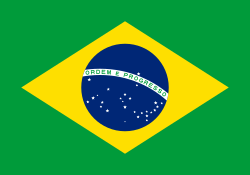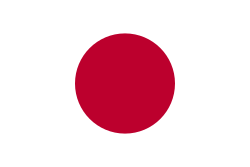Ungerns Grand Prix 1998
| Datum | 16 augusti 1998 |
|---|---|
| Bana | Hungaroring |
| Sträcka | 77 × 3,972 = 305,844 km |
| Vinnare | Michael Schumacher, Ferrari |
| Pole position | Mika Häkkinen, McLaren-Mercedes |
| Snabbaste varv | Michael Schumacher, Ferrari, 1:19,286 |
Ungerns Grand Prix 1998 var det tolfte av 16 lopp ingående i formel 1-VM 1998.
Rapport
I Ungern 1998 gjorde Michael Schumacher sitt bästa lopp någonsin. Han låg bakom Mika Häkkinen och David Coulthard och kunde absolut inte passera dem. Ferraris strateg Ross Brawn valde då att satsa på tre depåstopp mot McLarens två, vilket lyckades. Häkkinen fick problem med bilen och Coulthard tappade 25 sekunder på 20 varv till Michael Schumacher, som vann loppet. Häkkinen ledde fortfarande sammanlagt, men nu bara sju poäng före den formstarke Michael Schumacher.
Resultat
- Michael Schumacher, Ferrari, 10 poäng
- David Coulthard, McLaren-Mercedes, 6
- Jacques Villeneuve, Williams-Mecachrome, 4
- Damon Hill, Jordan-Mugen Honda, 3
- Heinz-Harald Frentzen, Williams-Mecachrome, 2
- Mika Häkkinen, McLaren-Mercedes, 1
- Jean Alesi, Sauber-Petronas
- Giancarlo Fisichella, Benetton-Playlife
- Ralf Schumacher, Jordan-Mugen Honda
- Johnny Herbert, Sauber-Petronas
- Pedro Diniz, Arrows
- Olivier Panis, Prost-Peugeot
- Jos Verstappen, Stewart-Ford
- Toranosuke Takagi, Tyrrell-Ford
- Shinji Nakano, Minardi-Ford
Förare som bröt loppet
- Alexander Wurz, Benetton-Playlife (varv 69, växellåda)
- Rubens Barrichello, Stewart-Ford (54, växellåda)
- Jarno Trulli, Prost-Peugeot (28, motor)
- Mika Salo, Arrows (18, växellåda)
- Eddie Irvine, Ferrari (13, växellåda)
- Esteban Tuero, Minardi-Ford (13, motor)
Förare som ej kvalificerade sig
VM-ställning
Förarmästerskapet | Konstruktörsmästerskapet
|
| ||||||||
Media som används på denna webbplats
The civil ensign and flag of Belgium. It is identical to Image:Flag of Belgium.svg except that it has a 2:3 ratio, instead of 13:15.
The Flag of Europe is the flag and emblem of the European Union (EU) and Council of Europe (CoE). It consists of a circle of 12 golden (yellow) stars on a blue background. It was created in 1955 by the CoE and adopted by the EU, then the European Communities, in the 1980s.
The CoE and EU are distinct in membership and nature. The CoE is a 47-member international organisation dealing with human rights and rule of law, while the EU is a quasi-federal union of 27 states focused on economic integration and political cooperation. Today, the flag is mostly associated with the latter.
It was the intention of the CoE that the flag should come to represent Europe as a whole, and since its adoption the membership of the CoE covers nearly the entire continent. This is why the EU adopted the same flag. The flag has been used to represent Europe in sporting events and as a pro-democracy banner outside the Union.
















